jackrussellworld.co.uk is a participant in the Amazon Services LLC Associates Program and other affiliate advertising programs designed to provide a means for us to earn fees by linking to Amazon.com and affiliated sites. Affiliate links may be used on this page and in jackrussellworld.co.uk articles, but they do not impact on the price that you pay.
I live in Liverpool, UK and I have raised two Jack Russells from puppies. The Jack Russell Terrier is a very energetic breed. Jack Russell puppies are intelligent and quick to learn, but they demand a lot of time and attention when they first come to your home, so make sure that you have around 6 weeks off work or working from home to settle him in and train him! Today’s blog is all about raising a Jack Russell terrier puppy – I hope that you enjoy it!
Is a Jack Russell Puppy right for you?
Jack Russell Terriers are not the best breed for very many people because they require a lot of attention. If you spend long hours at work or don’t like playing with your dog every day, this isn’t the right breed for you. A Jack Russell terrier will fit in well with people who have family members that work from home and who enjoy the outdoors.
Jack Russell Terriers need lots of attention and love, so you should make sure you spend plenty of time with them. Jack Russell Terriers don’t do well when they are left alone and they can develop separation anxiety. So if you can’t be around to play with them on a daily basis, then it is a good idea to get another type of dog that does better when left alone for long periods.
Bringing your Jack Russell Puppy Home
The first few days and weeks are crucial to helping your Jack Russell puppy to settle in. Make sure that he has a nice bed and is comfortable there. Get him into a routine and have lots of interaction with you and the rest of the family, but don’t overwhelm him!
It is important that when raising your Jack Russell Terrier puppy, you are always around to supervise them because they are very playful and curious by nature. Jack Russell Terriers are notorious for getting into trouble when left alone because if they do, they will get themselves hurt or sick.
When raising your Jack Russel Terrier puppy, it is important to make sure you are around as much as possible so he stays out of trouble and doesn’t become bored or lonely. Jack Russell Terriers that are left alone all day long tend to get into things they shouldn’t when owners aren’t watching. Some things like electrical cords or other items can hurt your dog, so it is important to keep an eye on them at all times.
Setting up his Bed and Food
When raising a Jack Russell Terrier for the first day, you will want to set up his bed, food and water bowls where they are easily accessible. This way when he sees them, it will remind him of where to go and lay down, and when he goes for water or food, he will learn that it is the proper place to do so. You should introduce your dog to his new home slowly when first getting him.
Get him used to the Family
The best way to make sure that your Jack Russel Terrier puppy won’t be sad after leaving his mother is by getting him used to his new home and family. Jack Russell Terriers never forget the scents of those who raised them, so when they smell something from their past they get very excited, which is why introductions are important and should be done slowly so he doesn’t get overwhelmed.
Keep Mealtimes Consistent
Mealtimes should be kept consistent because if they are not, it will confuse the puppy and he won’t know when to expect food. You should feed your Jack Russell Terrier puppy three times a day because if you give him too much food at once, he may regurgitate it on your carpet or floor.
Toilet Training your Jack Russell Puppy
Toilet training is one of the first and most important aspect of raising a Jack Russell terrier puppy. When you first bring your puppy home he will need to be taken outside every hour if not more! Always praise your Jack Russell puppy when he wees or poos in the correct place – he will very quickly get used to where to do it.
After the first week he should be taken out every two hours or so. You can also take him outside less often if you are home for longer periods of time.
When raising your Jack Russel Terrier puppy for the first few months, it is very important that you make sure they go to the bathroom on a regular schedule. If they are allowed to go when and where they want, it will be harder for you because you won’t know if they have gone or not.
Playing and Socialising your Pup
The second thing you need to do if you want your dog to live a long healthy life is to make sure that he gets plenty of exercise every day. You should take him on walks, play fetch with him or let him run in a fenced-in area where he can get some energy out.
It’s important to make sure that you only take your Jack Russell terrier puppy outside in parks and to meet other puppies after he has had all of his initial vaccinations. Otherwise, your pup will be exposed to harmful and even deadly canine diseases.
Training your Jack Russell Terrier Puppy
When first training a Jack Russell Terrier dog, make sure that the area is safe and free of any kind of objects that could hurt them, like hot wires or broken glass. Make sure also that the area is free of any kind of small animals that they may see as prey. Jack Russell terriers are very prey driven dogs and you want them to be fully focused on you during training.
Use Positive Reinforcement Training Techniques
If your Jack Russell Terrier puppy does something bad, don’t hit him because all that is going to do is make him afraid of you and not respect you. In fact if you want your Jack Russell Terrier puppy to respect you, the best thing to do is give him praise when he does something good whether it be coming home from outside or bringing you his favorite toy.
Jack Russell Terriers love people and will jump up on you when they see you because they love attention from their owners, so when you come home from work and he gets excited, remember to give him a treat so he will learn that when someone comes home they are not a threat.
Basic Obedience
You should start with simple commands such as sit, stay and come when called. Start off by holding your dog on a leash so you have control over him when he gets excited. After you get him used to the leash and hand signals, then you can start taking him off-leash. When first training your Jack Russell Terrier puppy, it is better to start off with simple commands and work up to tougher ones at a later time. Make sure you are patient when training your dog because if they don’t learn the first time, getting angry at them will get you nowhere.
It is important to start off your Jack Russel Terrier puppy on simple commands like “sit” and “stay,” but it can take up to two months for your dog to fully understand what you are ordering him to do.
Find out what Rewards he responds well to
It is important that you train your Jack Russell Terrier as a puppy so he will be easier to handle after he grows up. It is not recommended that you try and train an older dog because they are more stubborn and harder for you to get them to listen. When you first start training your Jack Russell Terrier puppy, have some treats or a favourite toy with you such as a ball and use it as reward for him when he does something good.
Recall Training
If your dog doesn’t come back after he has been called, stand still until he comes back on his own.
It is a good idea to have your Jack Russel Terrier puppy wear a collar and identification tag in case he ever gets lost.
When taking your Jack Russel Terrier puppy out for their first walk, make sure you take him to the same places and follow the same routine each time. Always keep a leash on your dog so that if he does run away or gets out of control, you can pull him back.
Exercising my Jack Russell Puppy
It is very important to make sure that you give your Jack Russel Terrier puppy enough exercise each day so he doesn’t become overweight or lethargic. Make sure you wake your dog up from sleeping for a walk or playtime because they need to get out and stretch their legs to stay active. However, don’t overdo the walkies with your puppy – their bones are still developing. When raising a Jack Russell puppy short 10-15 minute walks are perfect. A good rule of thumb to follow is a ratio of five minutes of exercise per month of age (up to twice a day) until the puppy is fully grown e.g. 15 minutes (up to twice a day) when 3 months old, 20 minutes when 4 months old and so on. Once your puppy is fully grown he will be able to go for much longer, and even enjoy extended 2-3 hour hikes with you!
Are you Raising a Jack Russell Terrier Puppy?
Are you raising a Jack Russell Terrier Puppy? How are you getting on? Please comment on our blog below – we’d love to hear from you!
Further reading – you might want to read about:
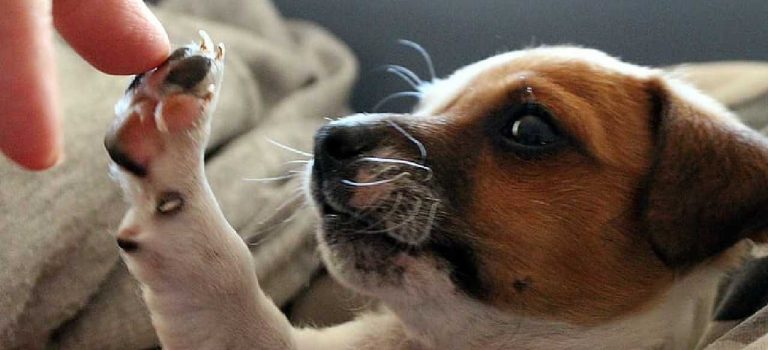
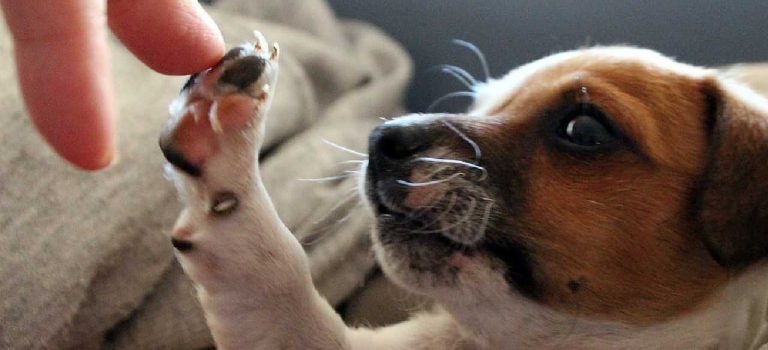
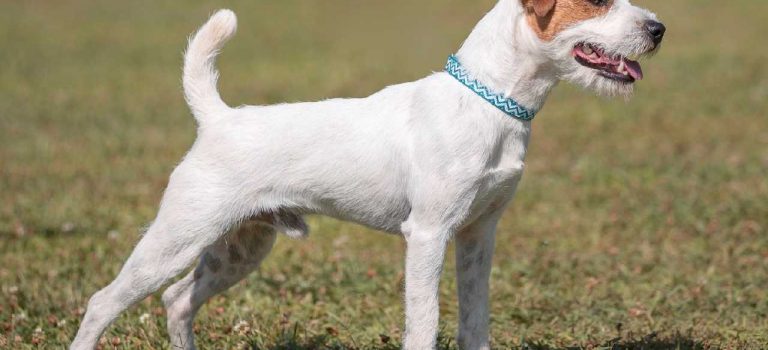



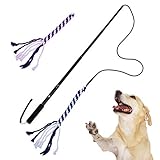

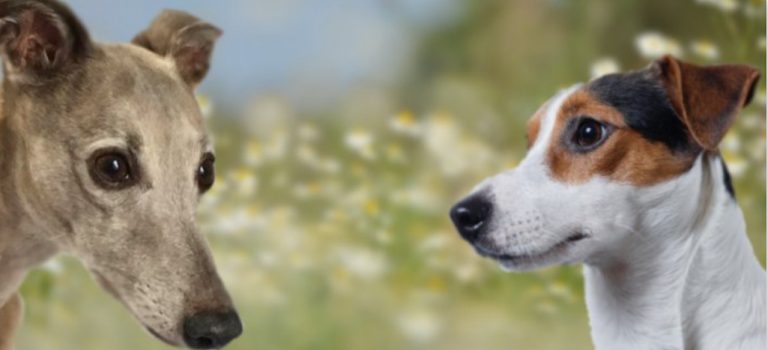
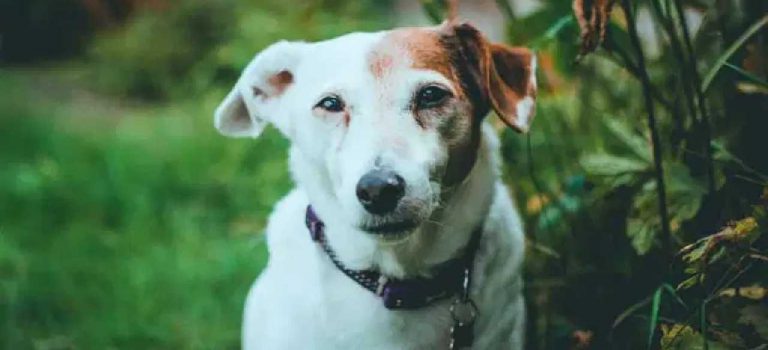
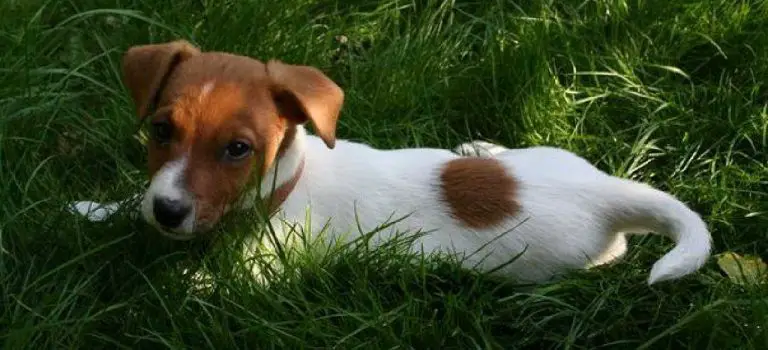
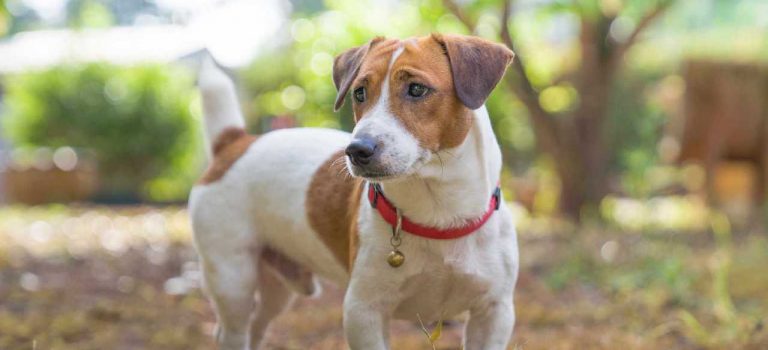
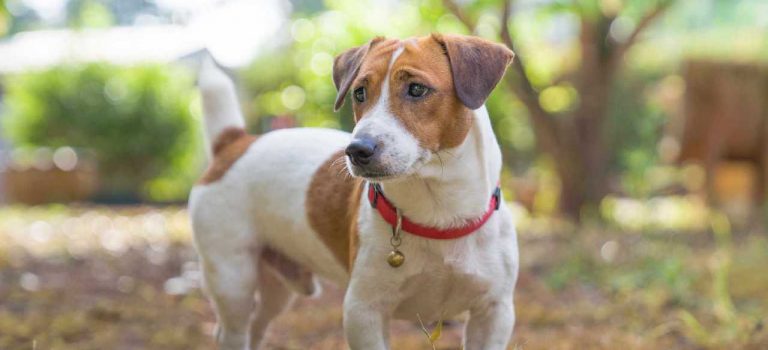
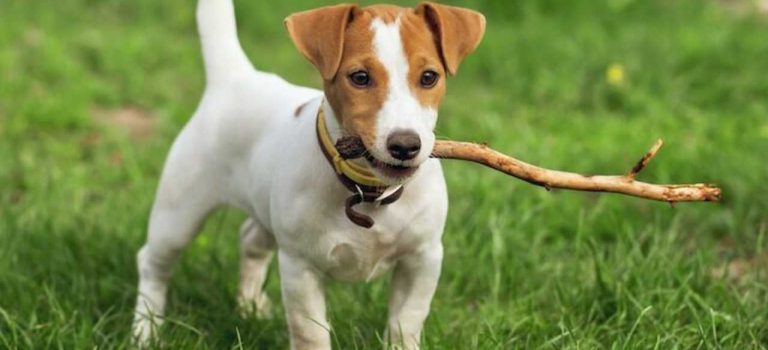
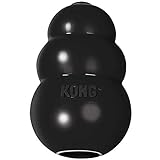

![Diyife Dog Clicker, [4 PCS, Multi-Color] Dog Training Clicker with Wrist Strap for Dog Cat Horse Clickers for Dog Training Lightweight Durable Puppy Clicker Training Kit, Gift for Pet Lovers](https://m.media-amazon.com/images/I/517p+CT+xaL._SL160_.jpg)
